Contact: Jeff Lieberson
202-225-6335 (office)
202-225-0817 (cell)
Washington, DC -- Continuing his efforts to close a legal loophole that exempts hydraulic fracturing for oil and natural gas exploration and drilling from regulation under the Safe Drinking Water Act (SDWA), Congressman Maurice Hinchey (D-NY) used a House Appropriations Subcommittee on Interior hearing today to ask U.S. Environmental Protection Agency (EPA) Administrator Lisa Jackson to conduct a review of her agency's policy on the risk that fracturing poses to drinking water supplies. Jackson told Hinchey that she believed her agency should review the risk that fracturing poses to drinking water in light of various cases across the country that raise questions about the safety.
"It's imperative that we protect our drinking water supplies from harmful chemicals that are being pumped into the ground by oil and gas companies looking to produce on more and more land in New York and across the country," Hinchey said. "I was extremely pleased that EPA Administrator Jackson recognized the need for the EPA to reexamine the Bush administration's misguided views on the risks associated with hydraulic fracturing. We are in a much stronger position to protect our drinking water now that we have an administration in place that is committed to environmental protection. While there is value in drilling for natural gas, it's imperative that we do so in a manner that doesn't have long-term environmental consequences on our drinking water -- a resource that is critical to human health and survival."
In the now infamous 2005 Energy Policy Act, which Hinchey strongly opposed and voted against, Congress shockingly exempted hydraulic fracturing from the Safe Drinking Water Act, which was designed to protect people's water supply from contamination from toxic materials. This loophole, which some have called the Halliburton Loophole, has created an extremely dangerous set of circumstances.
Hydraulic fracturing -- also known as “fracking” -- involves injecting fluids into a well at extremely high pressure to crack open an underground formation and then prop open the new fractures in order to facilitate the flow of oil and gas out of the well. More than 90 percent of oil and gas wells in the U.S. undergo this treatment with many undergoing it more than once over the life of the well.
More than 1,000 cases of contamination have been documented by courts and state and local governments in New Mexico, Alabama, Ohio, Texas, Pennsylvania, and Colorado. In one case, a house exploded after hydraulic fracturing created underground passageways and methane seeped into the residential water supply.
A 2004 EPA study, which was haphazardly conducted with a bias toward a desired outcome, concluded that fracturing did not pose a risk to drinking water. However, Hinchey noted that the more than 1,000 reported contamination incidents have cast significant doubt on the report's findings and the report's own body contains damaging information that wasn't mentioned in the conclusion. In fact, the study foreshadowed many of the problems now being reported across the country.
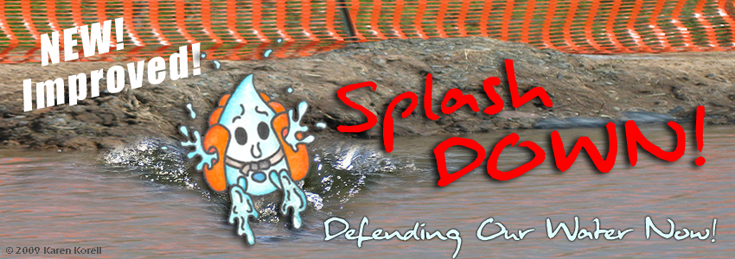



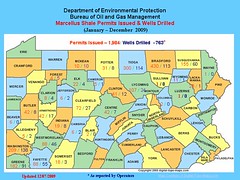

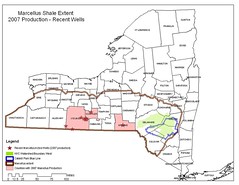

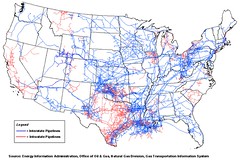
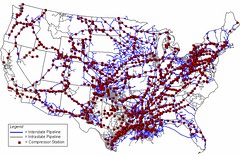









No comments:
Post a Comment